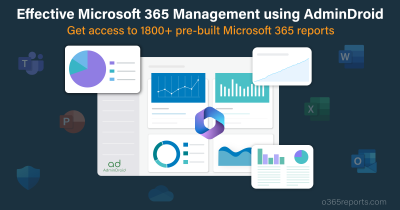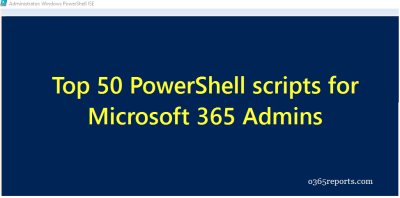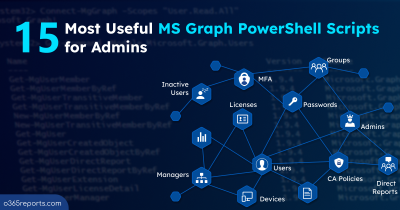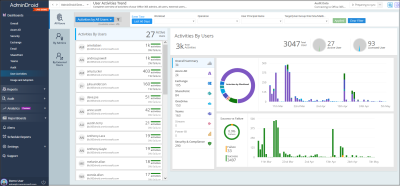A professional learning community, shortly PLC, is a group of educators who meet regularly to share expertise and work collaboratively to improve teaching skills and the academic performance of students. Teachers around the world have started using Office 365 Groups to make collaboration within a PLC a lot simpler and more streamlined. PLC groups are typically formed around interest areas (e.g., 9th-grade math), grade levels (e.g., 10th-grade teachers) or across subjects (e.g., science teachers).
Here are some barriers to engagement with PLCs today that Office 365 Groups is addressing:
- Teachers can be isolated, time is severely limited and collaboration is difficult.
- Professional collaboration tools are disconnected and don’t always support meaningful, sustained collaboration.
- A challenge for many PLCs is extending the work and relationships in the times and spaces between physically coming together.
- It can be difficult for new teachers to ramp up.
Information is often stored in personal spaces as opposed to one common place that can benefit others. - New members need to better understand the journey, story, exploration and history of a PLC, its activities and areas of inquiry.
The new Office 365 PLC groups include one place to collaborate effectively in a community of practice. Each group comes with a:
- Inbox for group email communication, including Connector for connecting your group to Twitter and following topics or Twitter handles that interest your PLC group.
- Calendar for scheduling group events.
- Document library for storing and working on group files and folders.
- OneNote notebook for taking project and meeting notes.
- Planner for organizing and assigning tasks and getting updates on project progress.
You can know more about PLC in the Microsoft announcement blog.





